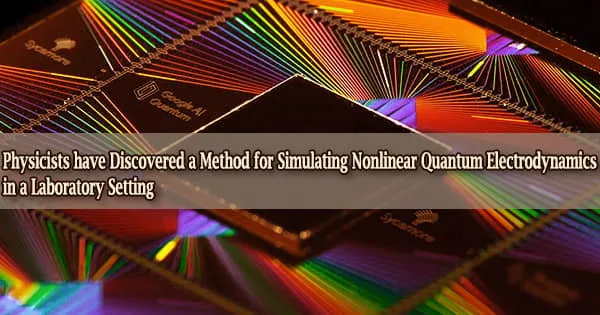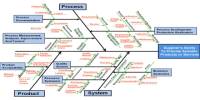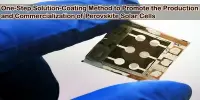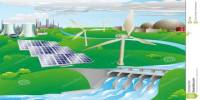When lightsabers collide on the big screen, in video games, and in our imaginations, they flare and catch.
In actuality, the beams of light pass through each other, forming spiderweb patterns, much like in a laser light display. Only in fiction and in regions with large magnetic and electric fields does this clashing, or interference, occur, which occurs in nature only near gigantic objects like neutron stars.
The strong magnetic or electric field demonstrates that vacuum isn’t really a void in this case. Instead, light beams collide here and scatter into rainbows.
In current particle accelerators, a modest variant of this phenomenon has been observed, although it is utterly missing from our daily lives or even regular laboratory surroundings.
Yuli Lyanda-Geller, a professor of physics and astronomy in Purdue University’s College of Science, discovered the effect in a class of novel materials involving bismuth, its solid solutions with antimony, and tantalum arsenide in collaboration with Aydin Keser and Oleg Sushkov from the University of New South Wales in Australia.
Most importantly, one of the deepest quantum mysteries in the universe can be tested and studied in a small laboratory experiment. With these materials, we can study effects of the universe. We can study what happens in neutron stars from our laboratories.
uli Lyanda-Geller
With this understanding, the effect can be investigated, potentially leading to far more sensitive sensors and energy storage supercapacitors that can be turned on and off by a controlled magnetic field.
“Most importantly, one of the deepest quantum mysteries in the universe can be tested and studied in a small laboratory experiment,” Lyanda-Geller said. “With these materials, we can study effects of the universe. We can study what happens in neutron stars from our laboratories.”
Brief summary of methods
Keser, Lyanda-Geller, and Sushkov used quantum field theory nonperturbative methods used to explain high-energy particles to study the behavior of so-called Dirac materials, which have recently sparked attention.
The expansion was used to obtain results that go beyond known high-energy results as well as the general framework of condensed matter and materials physics. They proposed different experimental configurations with applied electric and magnetic fields, as well as the ideal materials to examine this quantum electrodynamic phenomena experimentally in a nonaccelerator scenario.
They then realized that their findings described some magnetic phenomena that had previously been observed and examined in previous studies better.
Funding –
U.S. Department of Energy, Office of Basic Energy Sciences; Division of Materials Sciences and Engineering; and the Australian Research Council, Centre of Excellence in Future Low Energy Electronics Technologies.
















